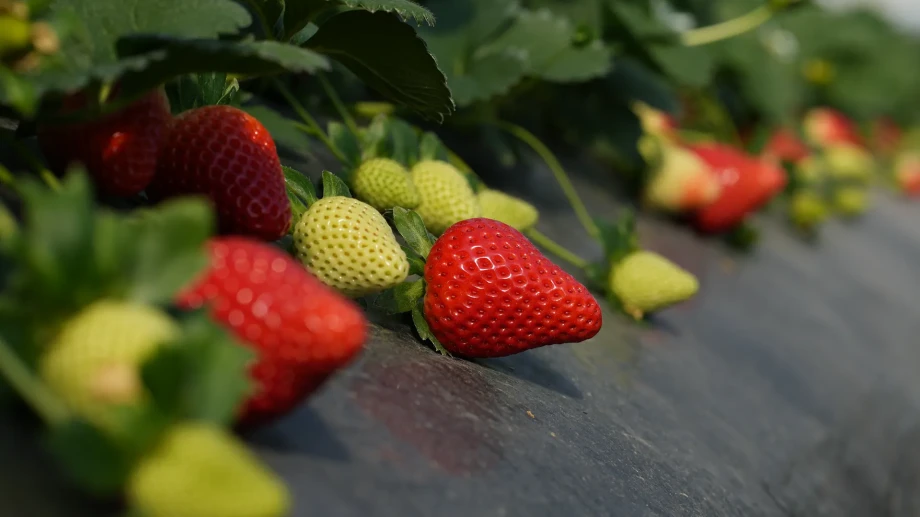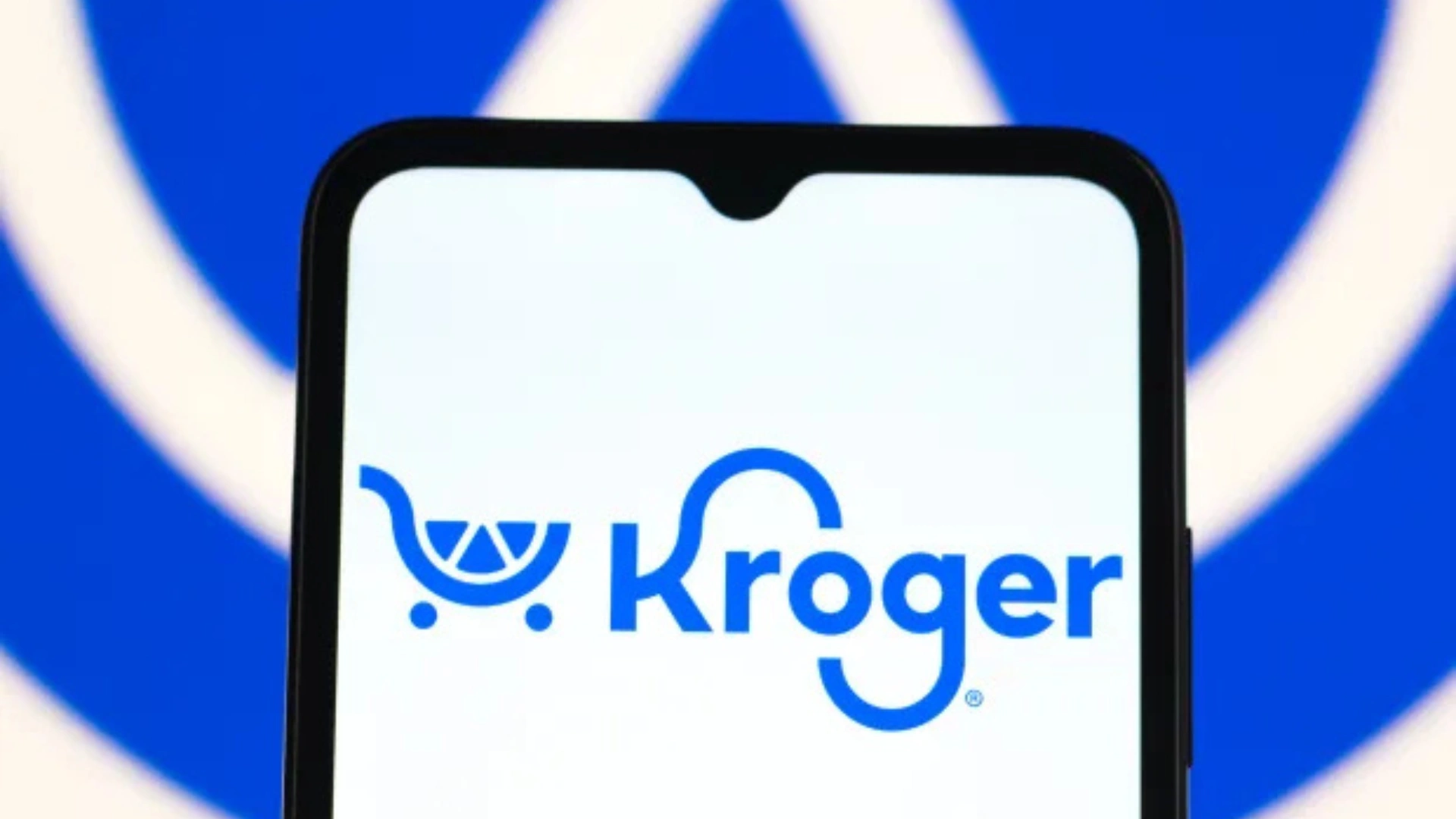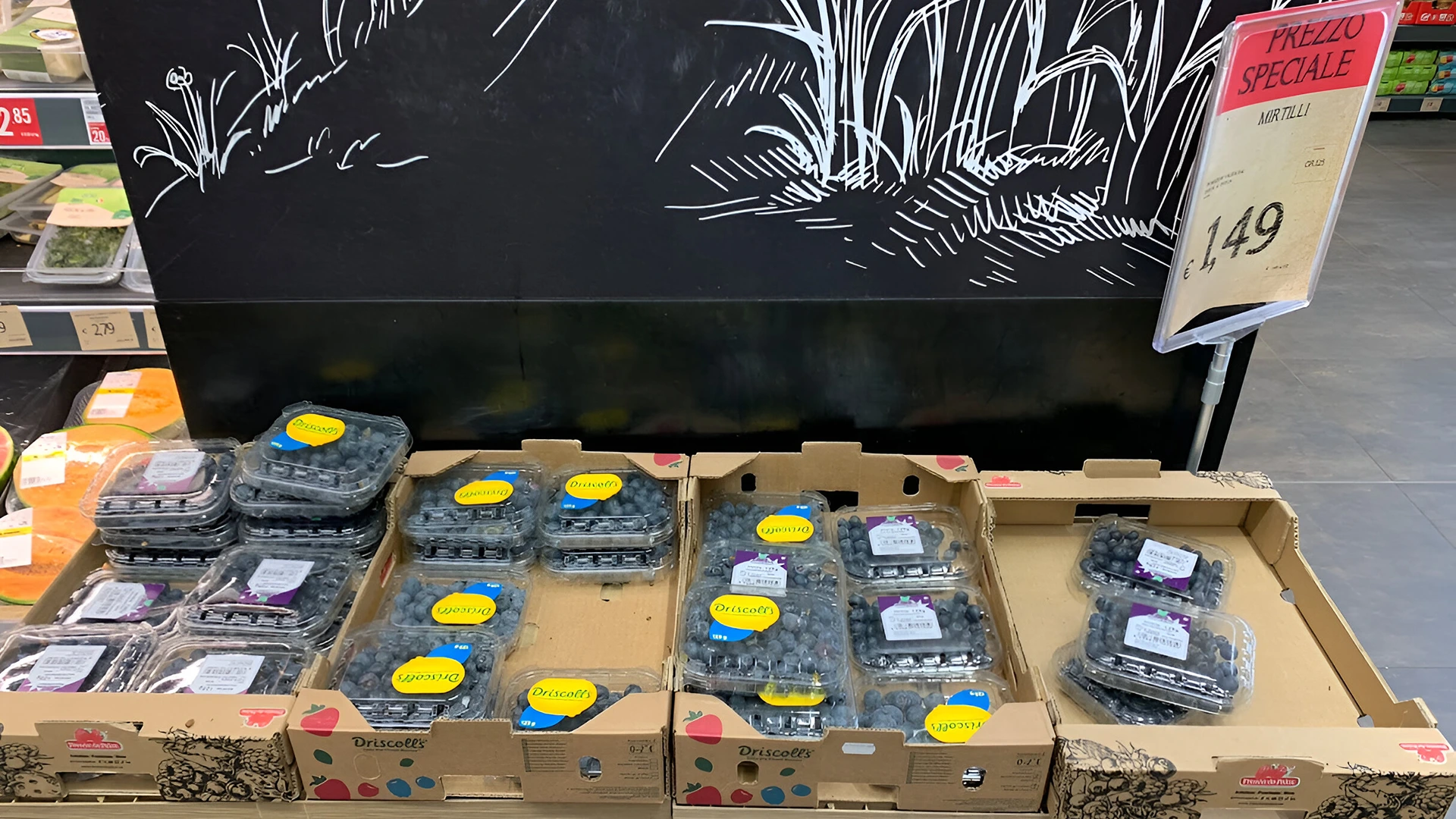The grower regularly faces the choice of which plant material to purchase, and for strawberries, this decision must be renewed every year by identifying the best genetic program and the best nursery for their needs.
The grower must evaluate the purchase of a seedling not only based on the cost per plant or the "notoriety" of a variety. The choice of variety and channels for plant acquisition must take into account a variety of factors, of which cost is just the tip of the iceberg.
The factors influencing the decision must be cross-referenced to find not the absolute best solution, but the best choice given the characteristics of the grower.
There are numerous factors that must be considered by the grower to assess an investment in the purchase of new plants:
Farm size
The choice of strawberry cultivars for plantations is crucial and closely related to the size of the farm, climate zone, soil characteristics, and target markets.
In the Mediterranean area, for the creation of strawberry fields, 60,000 to 70,000 plants per hectare are used, depending on the row spacing and the type of plantation.
The use of multiple cultivars and different types of seedlings for small and medium-sized farms, widely spread in many Mediterranean countries like Italy, makes their technical and agronomic management challenging.
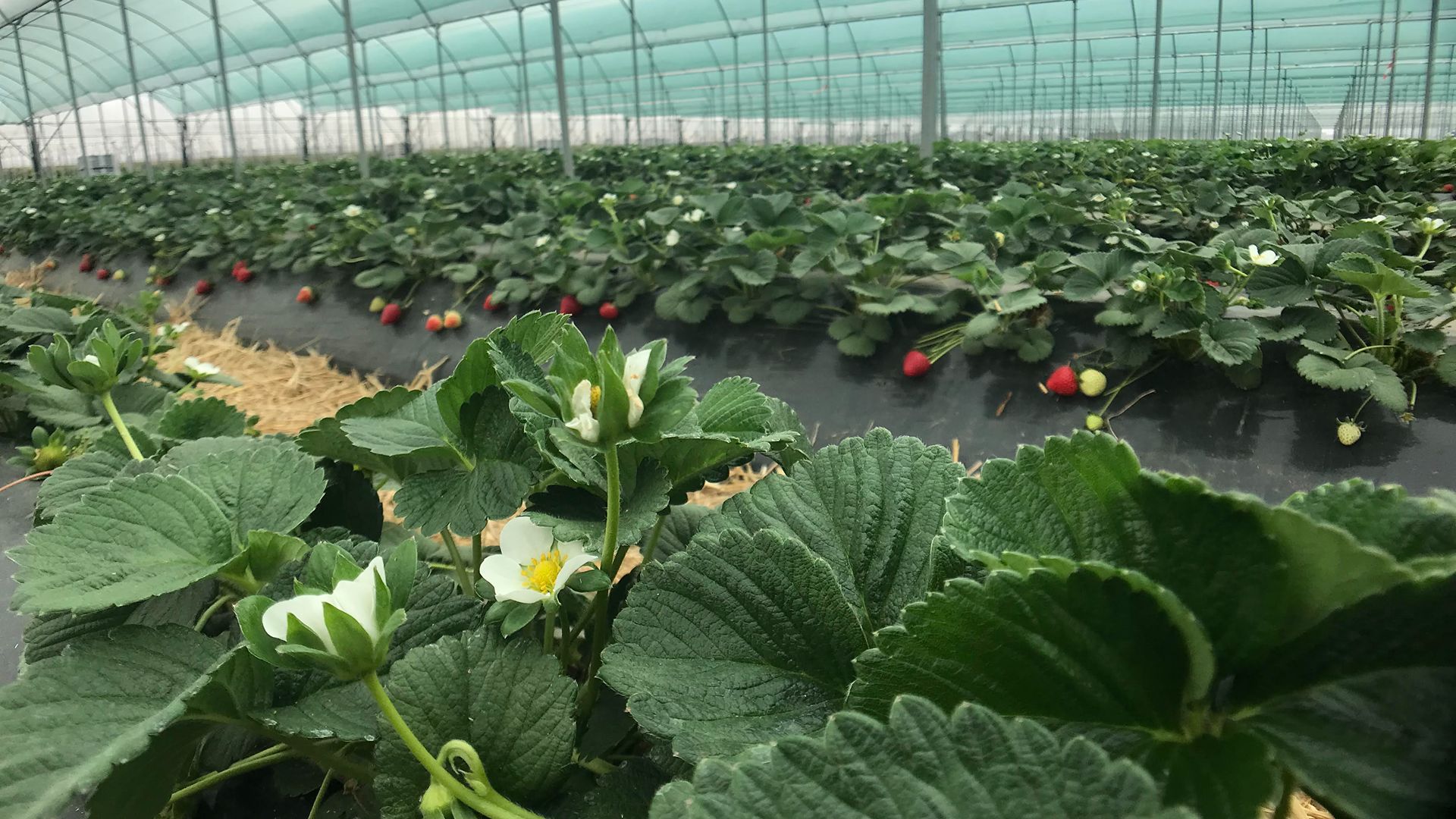
Different varieties, due to differences in growth habits, fruiting periods, hardiness, and disease sensitivity, require a specific nutrition and defense program for each. Therefore, for these types of farms, choosing a single cultivar is advisable.
In large farms, on the other hand, the use of different strawberry varieties differing in production periods is efficient. Complementary cultivars allow growers to continuously supply the market over an extended period during the year and optimize labor utilization.
Climate zone
Strawberries are cultivated in various parts of the world, characterized by different climatic conditions.
In areas with a Mediterranean and subtropical climate (e.g., Southern Europe and North Africa), low-chilling varieties are used since they require less than 500 chilling hours to develop and produce adequately. In these regions, plants are mostly top-rooted or fresh, planted in September/October inside greenhouse tunnels, with the first production starting about 60 days after planting for the former and 90 days for the latter.
High-chilling varieties are suitable for cultivation in temperate and continental climates, where winters are long enough to satisfy a chilling requirement of at least 500 hours. In this case, refrigerated plants or tray plants are mainly used, with production during the summer months.
Soil characteristics
An essential factor to consider for strawberry cultivation is the soil type, which should be fertile, of medium texture, and have a good organic matter content. In recent years, due to the increasing presence of so-called "tired soils," soilless cultivation is becoming more prevalent.

In this type of system, the soil is replaced by inert substrates or artificial supports that perform the same function, improving nutrient and water absorption.
Defense methods
Another factor to consider is undoubtedly related to environmental sustainability. Driven by increasingly stringent European regulations, the use of phytopharmaceutical products for strawberry plant defense has significantly reduced in recent decades, in favor of more sustainable methods.
The most notable innovation is undoubtedly the introduction of biological control: a strategy that uses natural predators, parasitoids, parasites, or microorganisms to control infestations by harmful organisms such as insects or plant diseases. This approach aims to reduce the use of chemical pesticides and maintain ecological balance.
Cultivation in greenhouse promotes the distribution and rapid adaptation of beneficial insects, which, once established in the strawberry field, control harmful insects such as thrips, spider mites, and aphids.
The use of these defense systems and the limitation of chemical product use allow offering healthier strawberries to the market with lower levels of active ingredients, as demanded by consumers.
Genetic program and variety characteristics
Varietal innovation plays a significant role in the strawberry sector. Genetic improvement programs offer innovative varieties capable of meeting the needs of growers in terms of sought-after characteristics and adequate economic margins.
Among the main elements to consider when choosing a breeding program and, more generally, a variety, are technical, economic, and commercial characteristics.
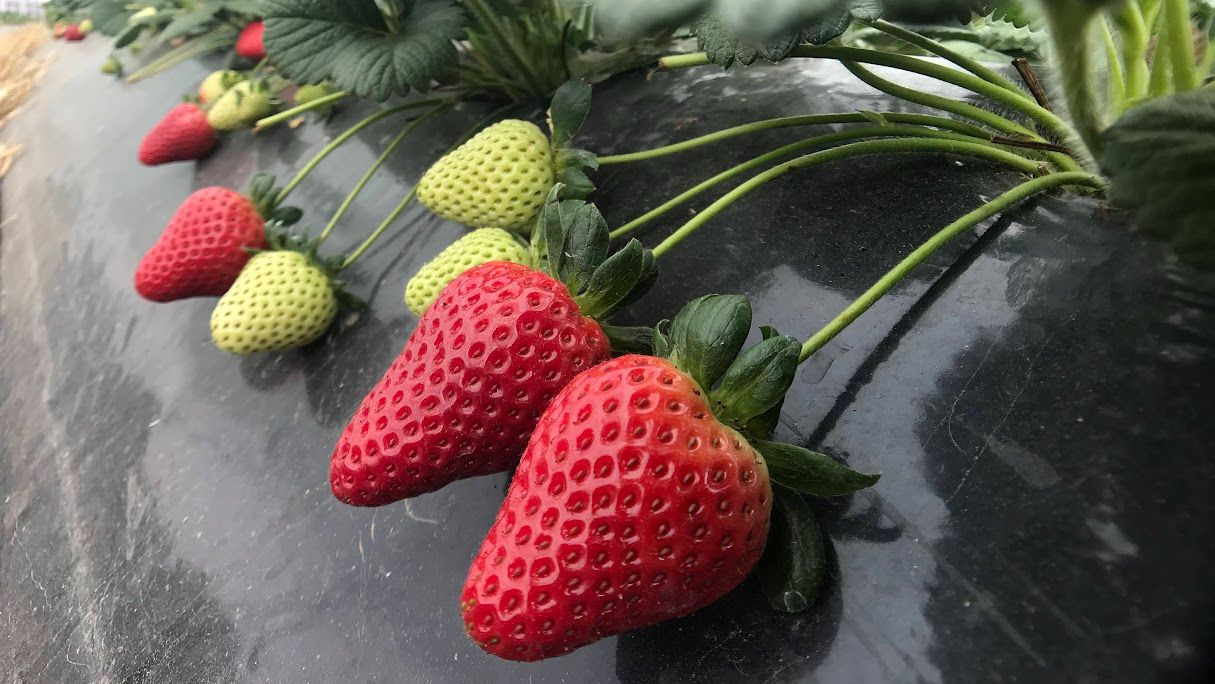
Adaptability and Technical-Production Resilience
Increasingly frequent phenomena such as climate fluctuations, soil exhaustion, and the limitation of water resources and phytopharmaceutical products are severe constraints on the growth and development of strawberry plants.
In this context, the choice of robust cultivars, i.e., those less sensitive to major fungal pathogens, tolerant to temperature fluctuations, and adaptable to different types of soil, is necessary.
Economic Characteristics
In recent years, the strawberry industry has been heavily affected by various critical issues, making it increasingly challenging to guarantee adequate economic margins for growers.
Many areas specialized in strawberry production are affected by drought. For example, the Andalusia region in Spain is at risk due to the persistent reduction of water resources.
Furthermore, the sector has long been affected by a generalized increase in production costs throughout the Mediterranean Basin, exacerbated by conflicts in Ukraine and Israel.
The most limiting factor for strawberry farming is undoubtedly the lack of labor, considering that all harvesting and packaging operations are manual.
It is therefore essential to optimize the use of resources for economic savings and, above all, environmental sustainability.
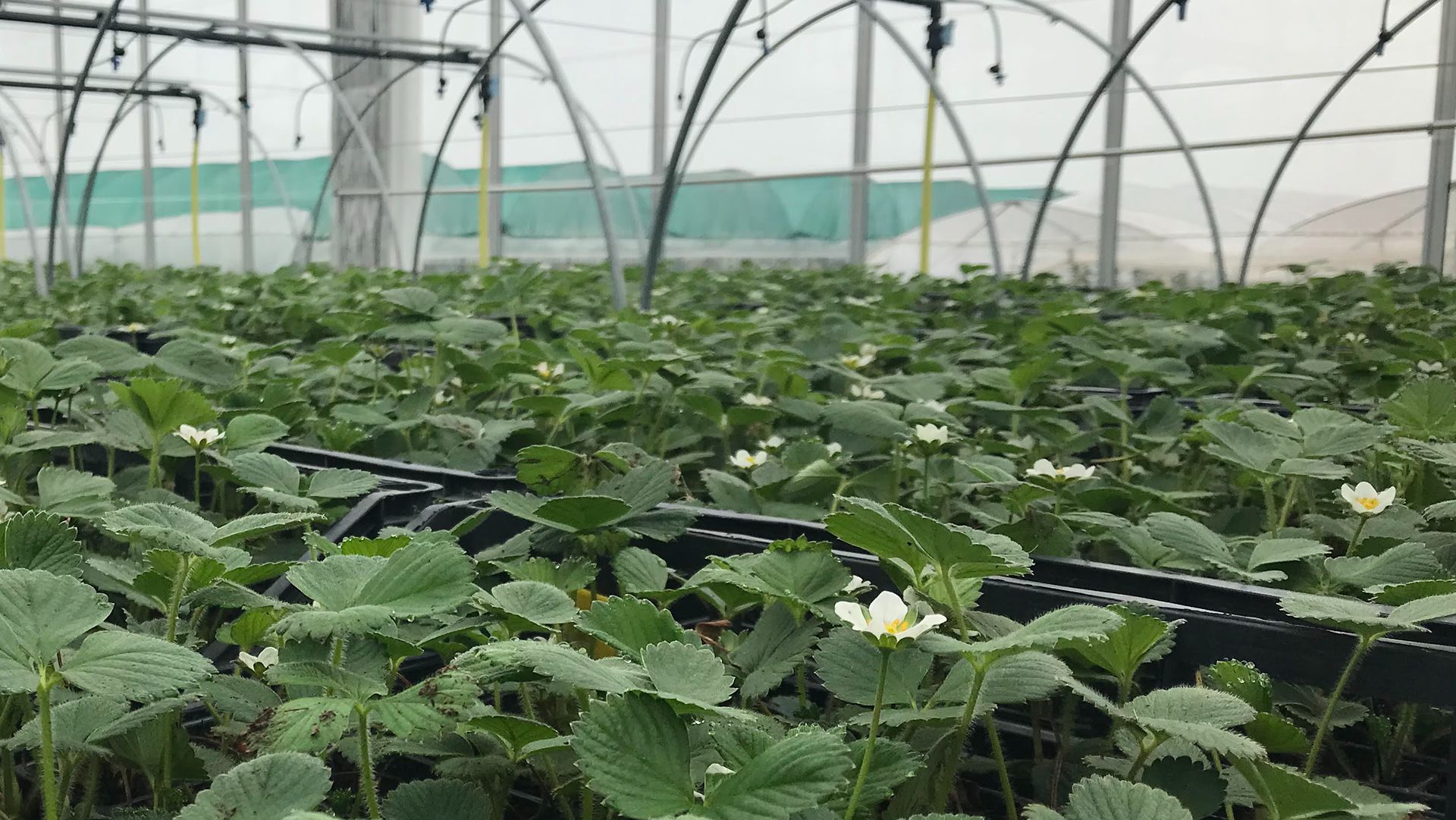
In particular, advanced monitoring systems for plant needs and the delivery of the right amount of water are planned for the rational use of water resources.
In this case as well, choosing a robust cultivar can be successful, as its resistance allows for less resource use and interventions to ensure optimal development.
Commercial Characteristics
The choice of a variety also depends on its potential to meet the needs of growers and the market regarding fruit quality.
Consumers, in fact, already demand fruits with a bright red color, uniform across the entire surface, with firm and aromatic pulp during the winter months.
For growers, it is crucial that the fruit's skin is elastic, as this ensures greater resistance to handling during harvesting and packaging phases.
>
The long shelf life, or commercial life, is also of great importance, allowing the fruit to maintain its original characteristics intact and be consumed even in places far from the production areas.
🍓 New Strawberry 🍓"New Strawberry" is a regular column by Italian Berry, promoted and developed with the technical support of Nova Siri Genetics. Its goal is to provide growers with practical tools for analysis and guidance to make informed agronomic, varietal and management decisions in modern Italian strawberry farming. |







